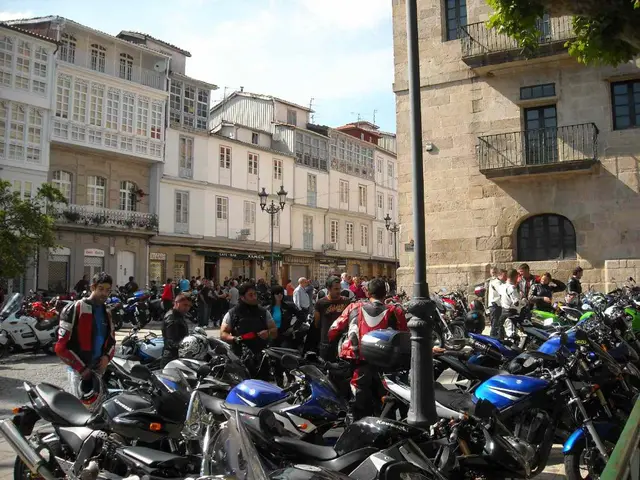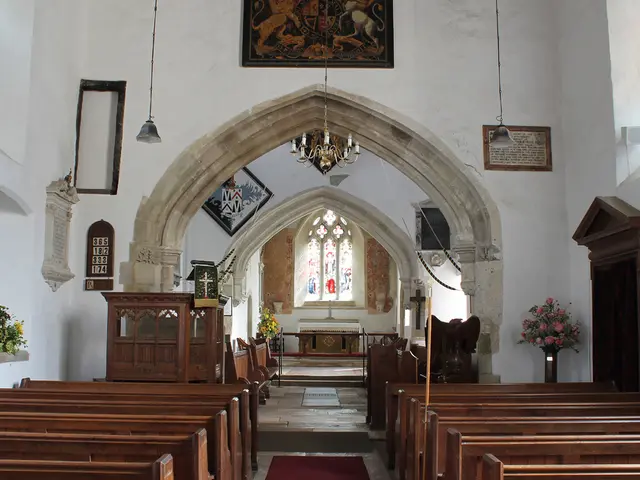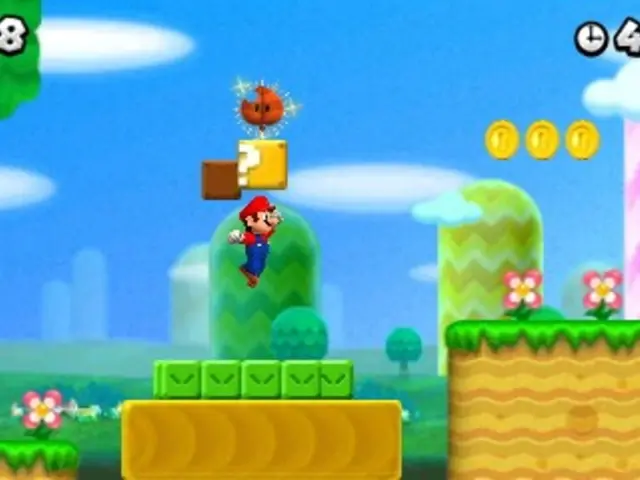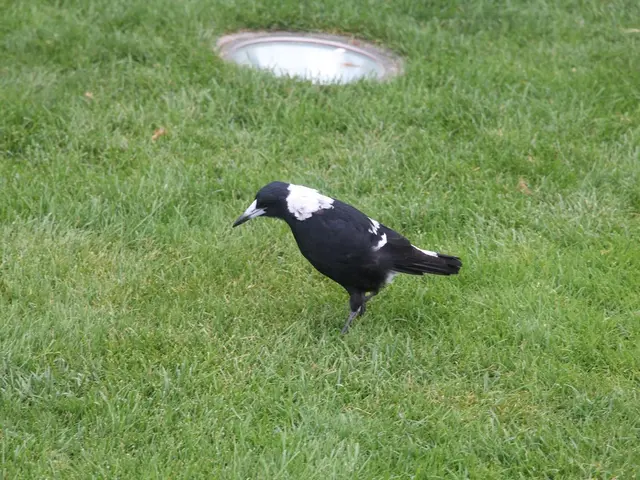Framed Advantages: Treasured for Their Expensive Framing Quality
In the realm of gardening, the colder months don't have to mean the end of growth. Cold frames, simple and unheated mini-greenhouses, are a gardener's best friend when it comes to extending the growing season. These structures harness natural sunlight while protecting plants from cold temperatures and harsh weather conditions, allowing for earlier planting in the year and continued harvesting later into fall or winter.
**The Basics of Cold Frames**
Cold frames are typically rectangular and lack bottoms, making them easily set directly over plants in the ground. They are usually positioned in a sheltered, south-facing location in full sun. The front sides are usually lower than the back ones, allowing for easy rain and snow runoff.
These structures are used for a variety of purposes, such as hardening off seedlings started indoors, protecting cold-tolerant vegetables, or providing shelter for seeds that require varying outdoor temperatures to germinate.
**Materials for Cold Frame Construction**
The materials used for cold frame construction can be as creative as the gardener's imagination. Wooden frames are the most common base for durability and ease of construction. However, recycled window glass, tempered glass shower doors, greenhouse plastic, and even repurposed materials like old doors, picture frames with glass, or clear plastic lids can also be used. Lightweight and cost-effective alternatives like plastic sheeting or polycarbonate panels are also popular choices.
**Extending the Growing Season**
Cold frames work by creating a warmer microclimate within their walls. Seeds can be sown directly into the soil protected by the cold frame or in pots buried up to their rims in the soil. To maintain the desired temperature, a 6-inch opening should be provided when the temperature outdoors rises above freezing, and the covers should be laid completely back once the temperature surpasses 50 degrees Fahrenheit.
During the frostiest nighttime hours, heavy blankets or bales of straw can be placed over the cover of the cold frame. If automatic openers are not available, the covers should be propped open on sunny days to prevent overheating. Remember to close the covers again in late afternoon to protect plants from plunging temperatures at night.
**Creative Solutions for Temperature Regulation**
Traditionally, cold frames were heated using horse manure, but this method is less common today due to the difficulty in regulating the temperature and the scarcity of readily available horse manure. An alternative is to use a heating cable to regulate the temperature inside the cold frame. For those who prefer a ready-made solution, polycarbonate cold frames can be purchased.
**Building a Cold Frame**
Gardeners often build cold frames using materials like bricks, cinderblocks, or straw bales. To position plants directly into the ground inside a cold frame, the gravel layer should be deep enough for plants to stretch their roots in a layer of soil above it.
In summary, cold frames are a valuable tool for gardeners looking to extend their growing season. By using creative materials and construction methods, these unheated mini-greenhouses can be both functional and eco-friendly, helping to bring the joy of gardening to even the coldest months of the year.
In the realm of home-and-garden hobbies, cold frames can be a lifestyle choice for extending the growing season, allowing for a variety of purposes such as hardening off seedlings started indoors or protecting cold-tolerant vegetables. These structures, made from materials like wooden frames, recycled window glass, or greenhouse plastic, create a warmer microclimate for continued growth during colder months.








